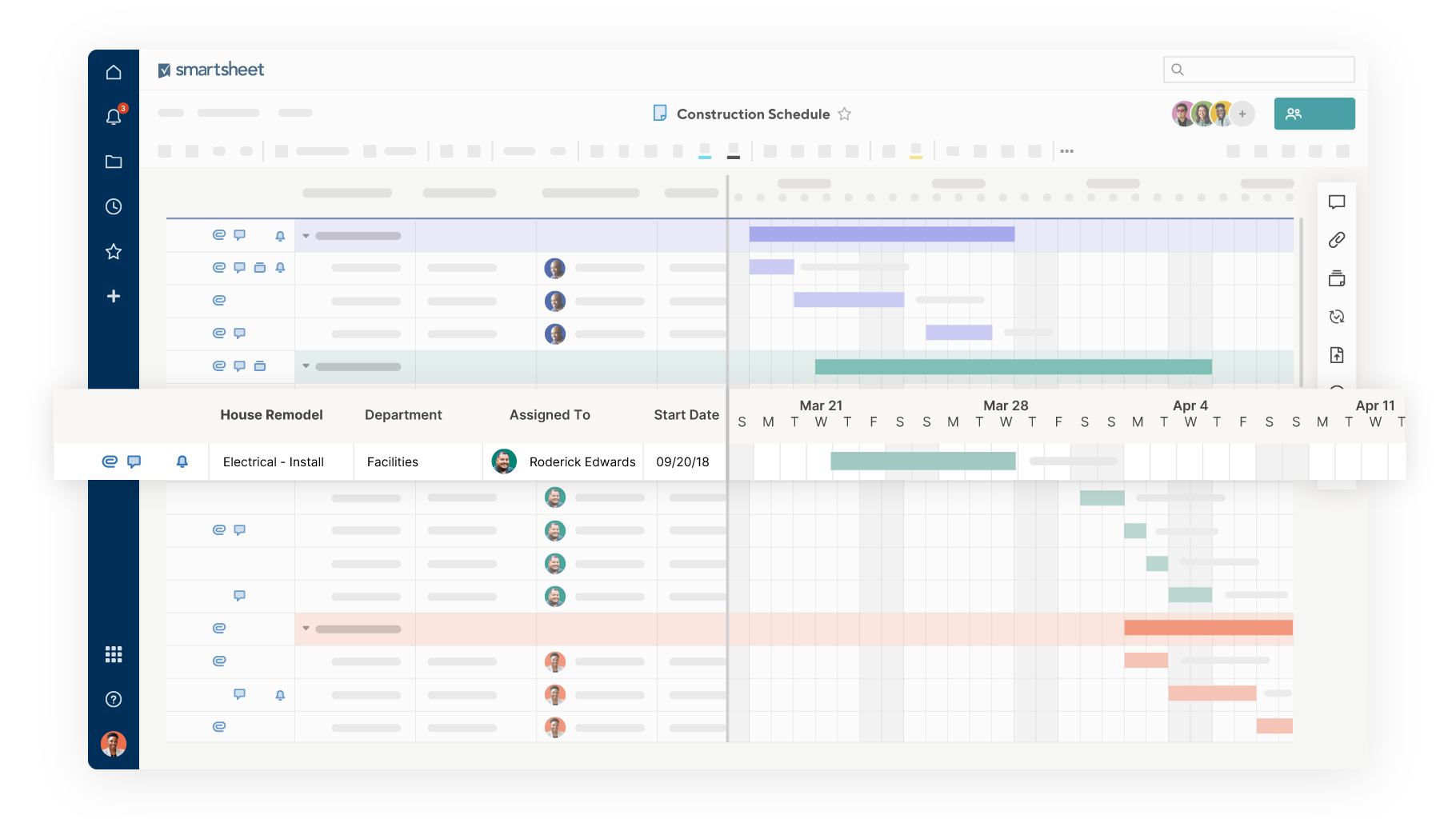Table of Contents
Introduction: Revolutionizing Time Management with Scheduling Software
In the fast-paced world of business and personal commitments, effective time management is paramount. Scheduling software has emerged as a game-changer, providing individuals and organizations with the tools needed to streamline appointments, meetings, and tasks. This article explores the features, benefits, and diverse applications of scheduling software, showcasing its pivotal role in redefining efficiency and productivity.
**1. Centralized Calendar Management
a. Unified Scheduling Hub
Scheduling software serves as a centralized hub for managing calendars. Users can input, view, and edit appointments, ensuring a unified and organized overview of their schedule.
b. Real-Time Updates
Real-time synchronization allows users to receive updates instantly. Whether collaborating with team members or managing personal appointments, everyone stays on the same page, reducing the risk of conflicts or oversights.
2. Appointment Scheduling and Reminders
a. Automated Appointment Booking
Scheduling software often includes features for automated appointment booking. This not only streamlines the booking process for clients but also reduces the administrative burden on businesses.
b. Reminder Notifications
Automated reminder notifications ensure that individuals are alerted to upcoming appointments. This feature minimizes no-shows and helps individuals stay organized and punctual.
3. Task Management and To-Do Lists
a. Task Prioritization
Scheduling software extends beyond appointments to encompass task management. Users can prioritize tasks, set deadlines, and create to-do lists, fostering a systematic approach to productivity.
b. Progress Tracking
The software often includes features for tracking task progress. This allows users to monitor and adjust their schedules based on ongoing activities and deadlines.
4. Team Collaboration and Meeting Synchronization
a. Seamless Team Coordination
For businesses, scheduling software facilitates seamless team coordination. Team members can view each other’s schedules, schedule collaborative meetings, and ensure optimal utilization of shared time.
b. Meeting Synchronization
Integration with virtual meeting platforms allows scheduling software to synchronize virtual meetings. This feature is particularly valuable for remote teams, enhancing communication and collaboration.
5. Resource Allocation and Optimization
a. Efficient Resource Management
Scheduling software aids in resource allocation, ensuring that meeting rooms, equipment, or personnel are optimally utilized. This contributes to cost-effectiveness and operational efficiency.
b. Customizable Settings
Users can customize settings to allocate resources based on specific criteria. This flexibility ensures that resources are allocated in alignment with organizational priorities and requirements.
6. Mobile Accessibility and Cross-Platform Integration
a. On-the-Go Scheduling
Mobile accessibility allows users to manage their schedules on the go. Whether using smartphones or tablets, individuals can make updates, check appointments, and stay organized anytime, anywhere.
b. Integration with Existing Platforms
Scheduling software often integrates seamlessly with existing platforms, such as email and project management tools. This integration ensures a cohesive workflow and reduces the need for manual data entry.
Conclusion: A Time-Saving Ally in the Modern World
Scheduling software has become an indispensable ally in the quest for efficient time management. From centralized calendar management to automated appointment scheduling, task prioritization, team collaboration, and resource optimization, these tools offer a comprehensive solution for individuals and businesses alike. As the world continues to embrace digital advancements, scheduling software stands at the forefront, empowering users to take control of their time and enhance productivity.
